Peru: Lima
Publicatu: 01.09.2018
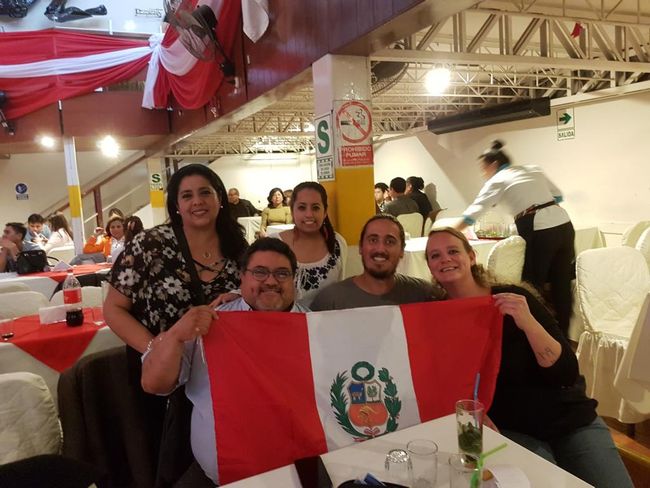
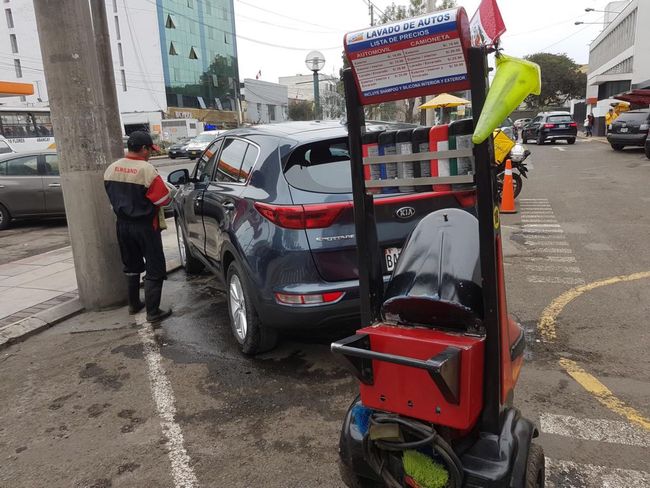
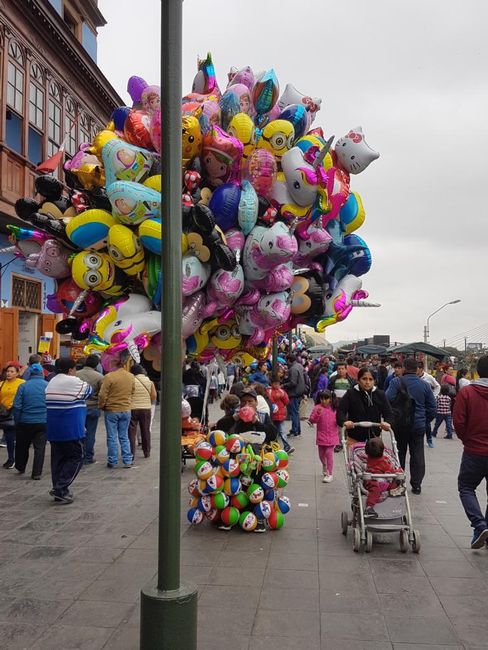
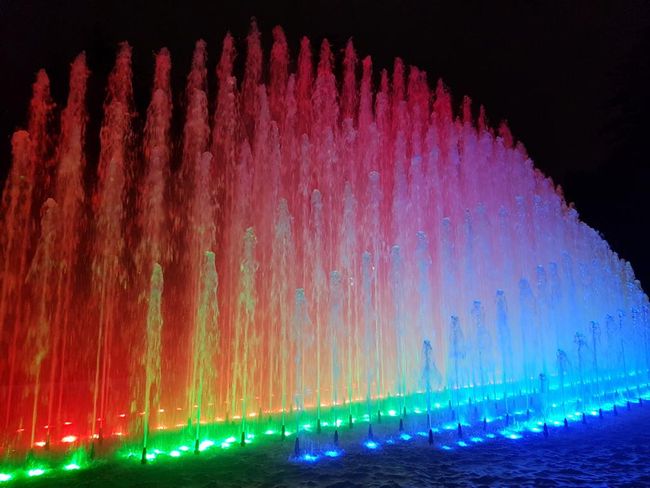
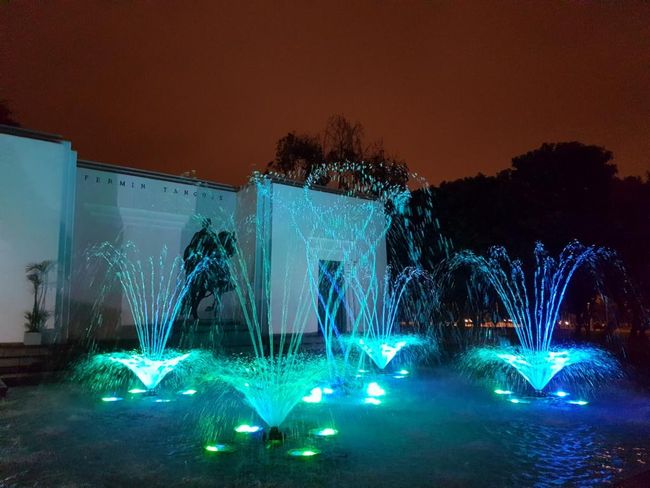
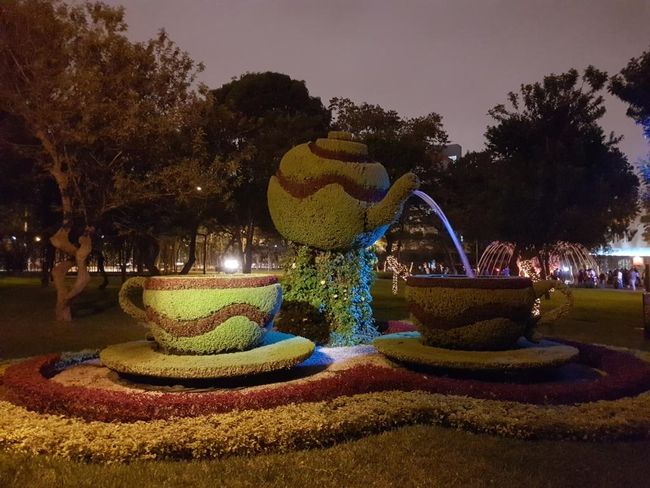
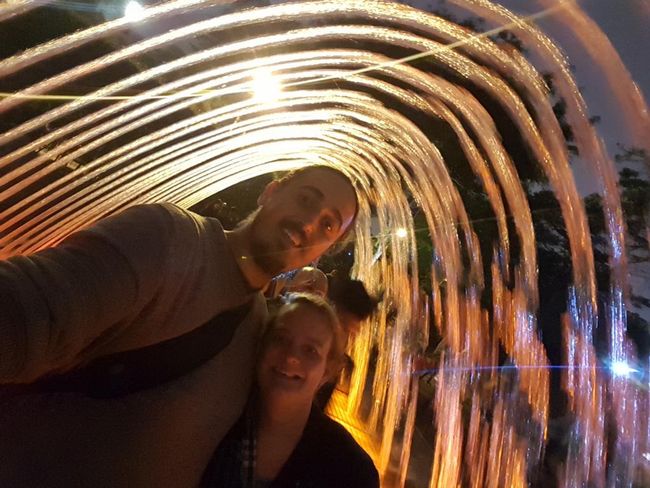
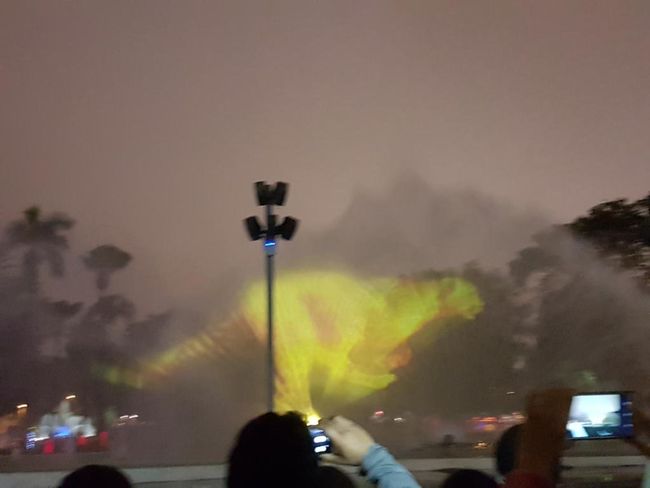
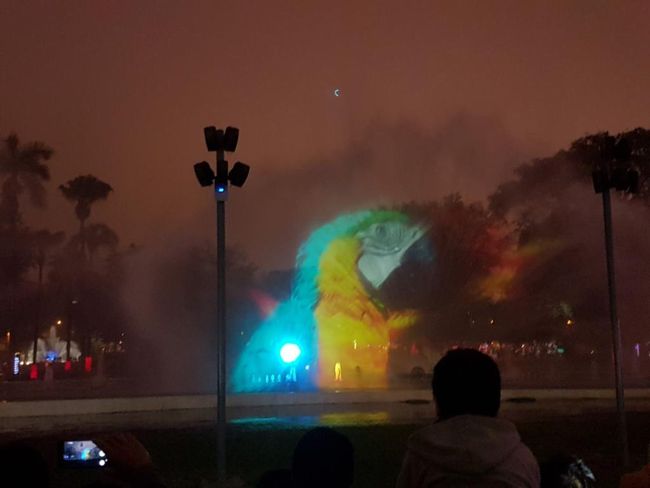
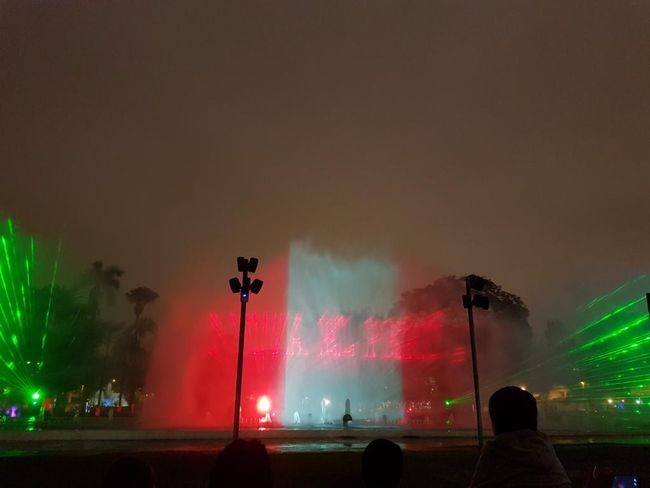
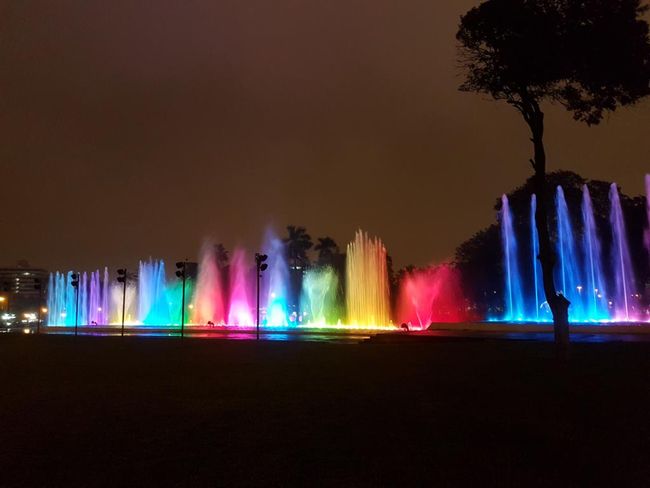
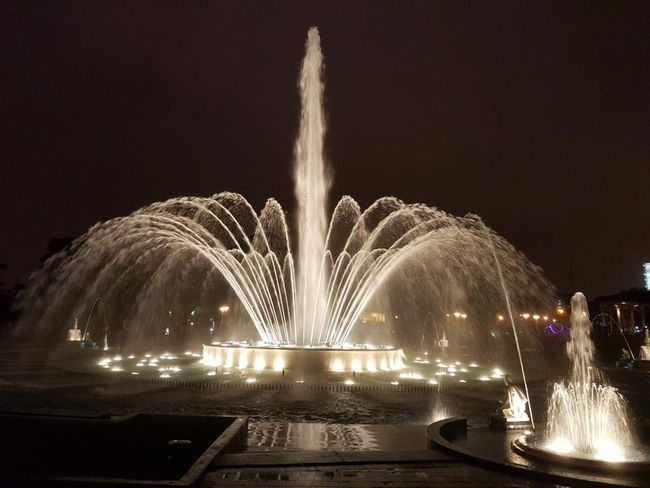
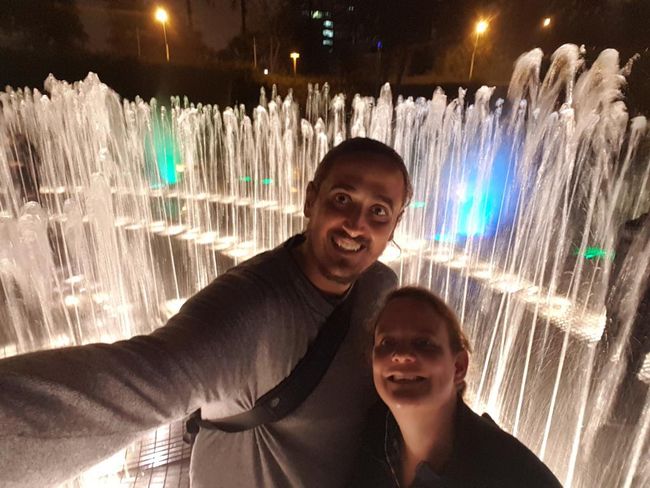
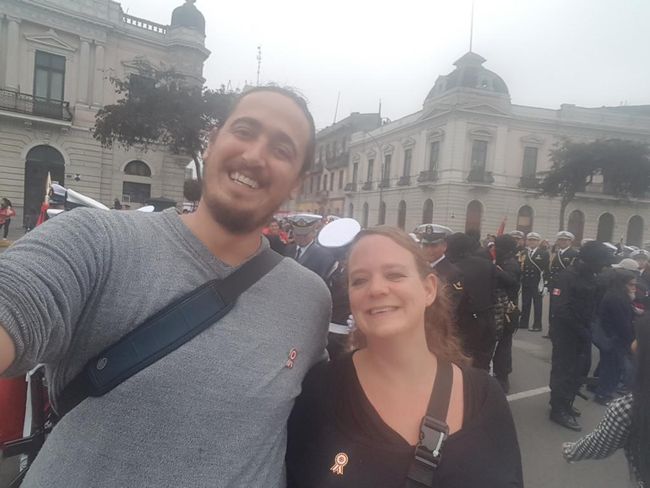
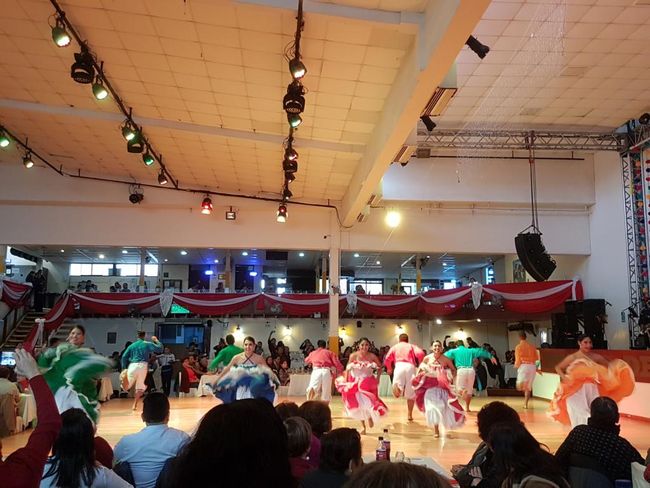
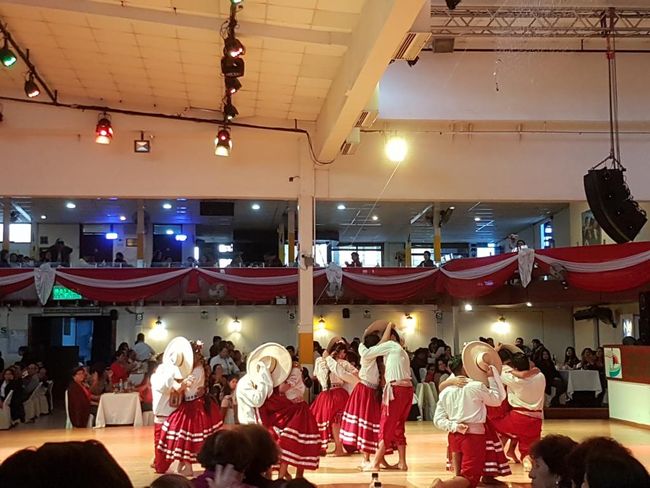
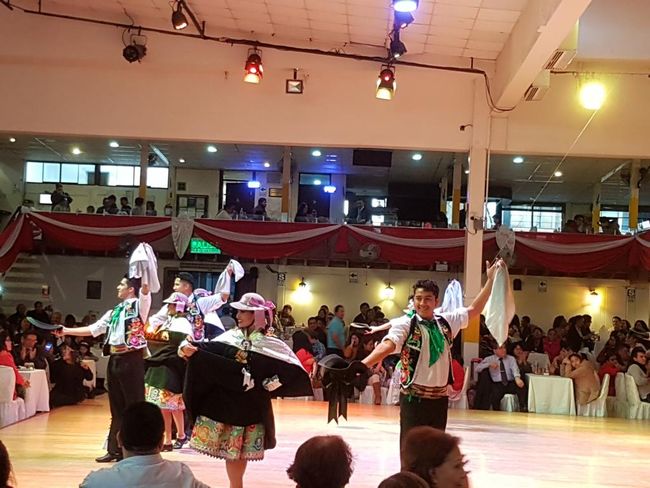
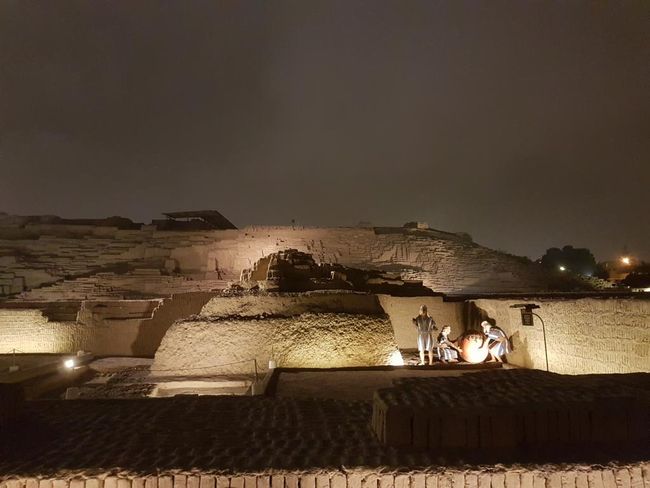
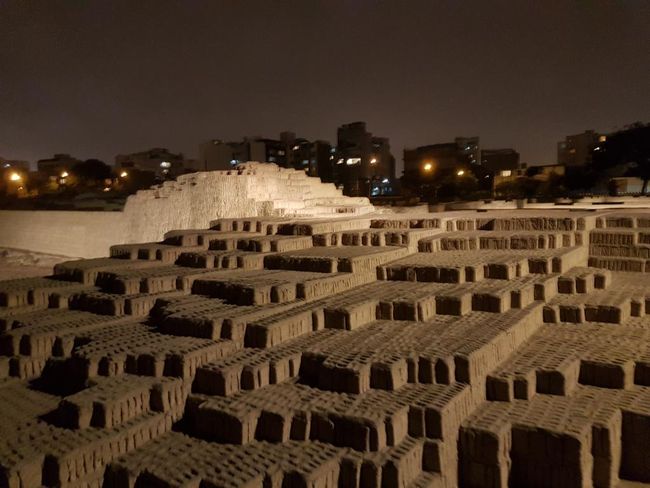
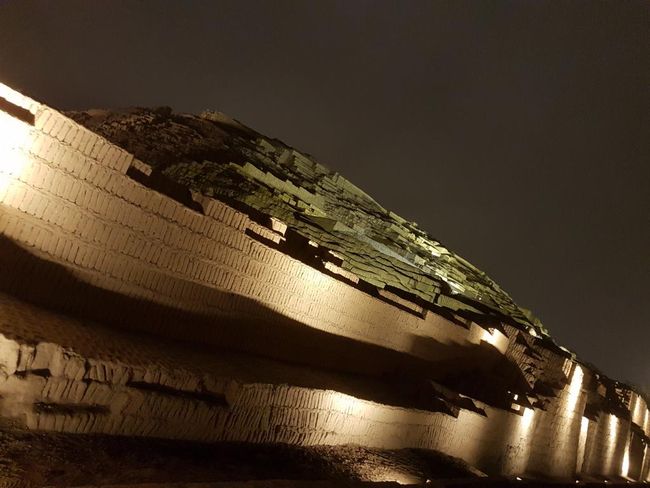
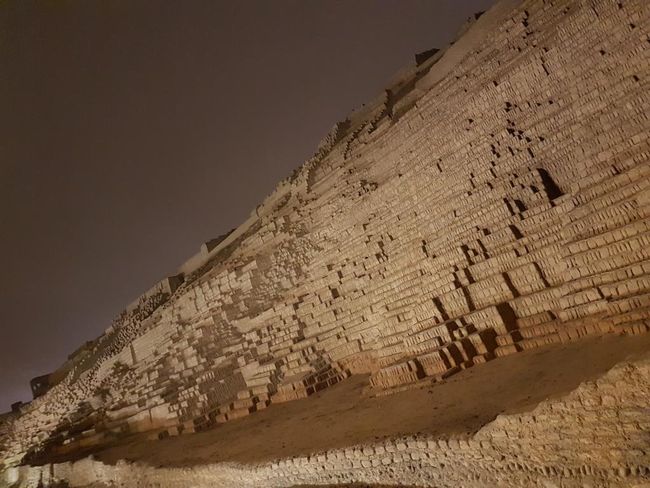
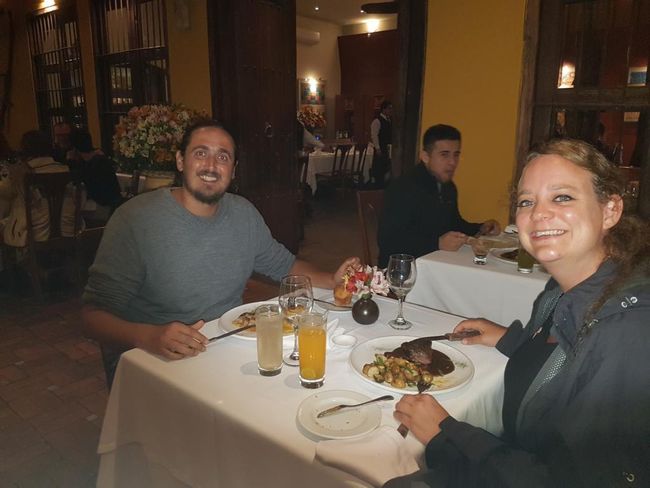
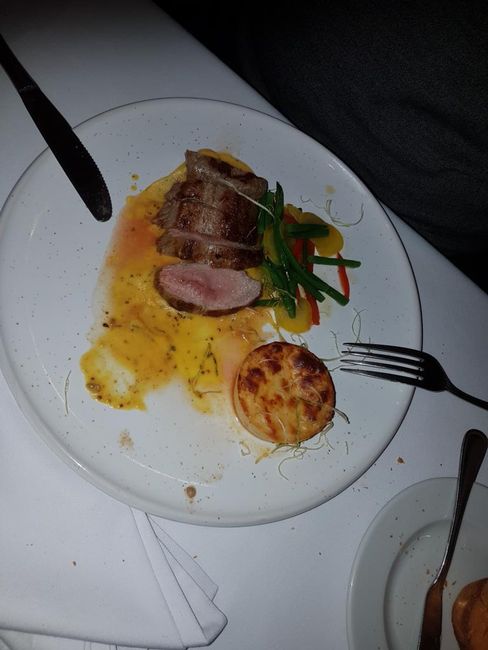
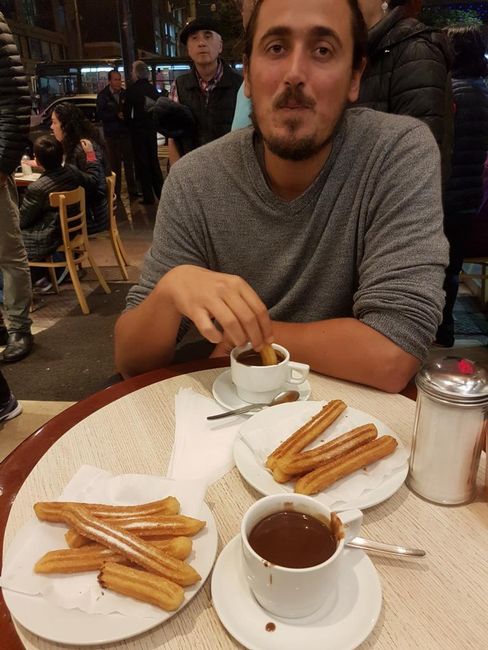
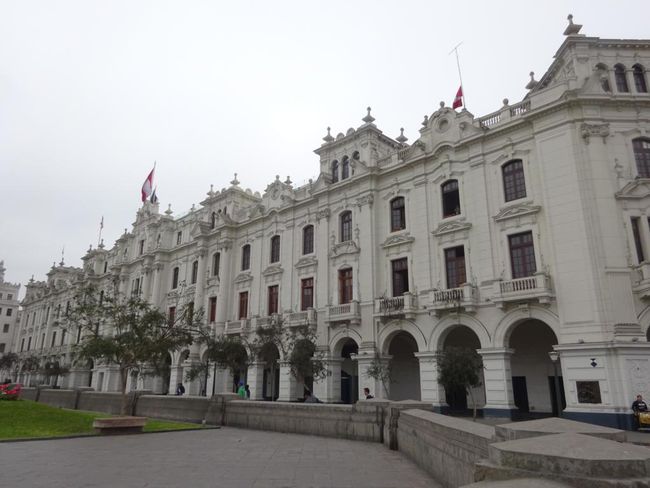
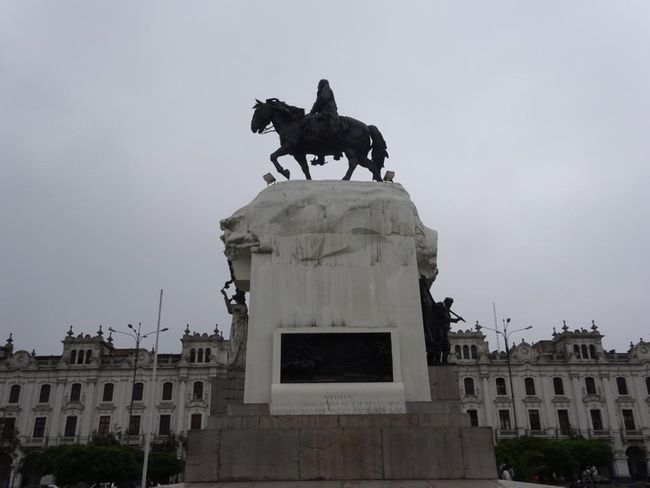
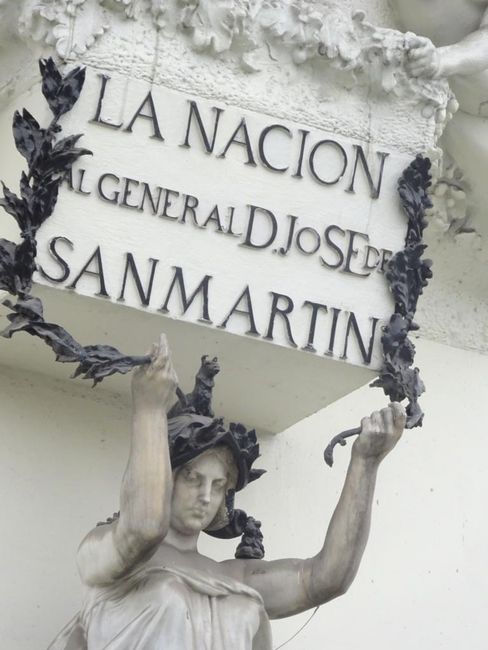
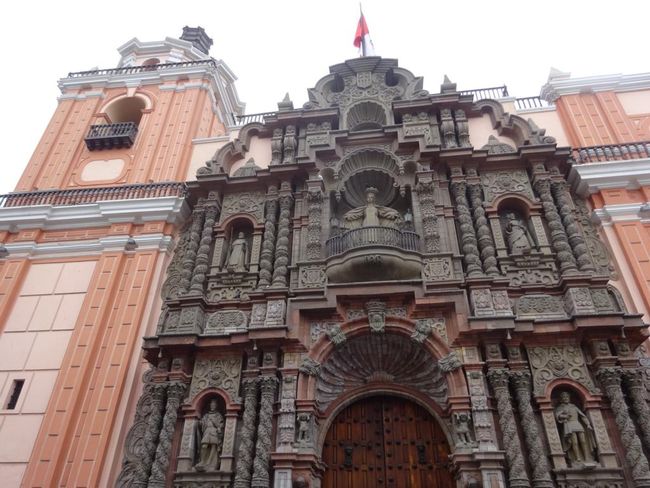
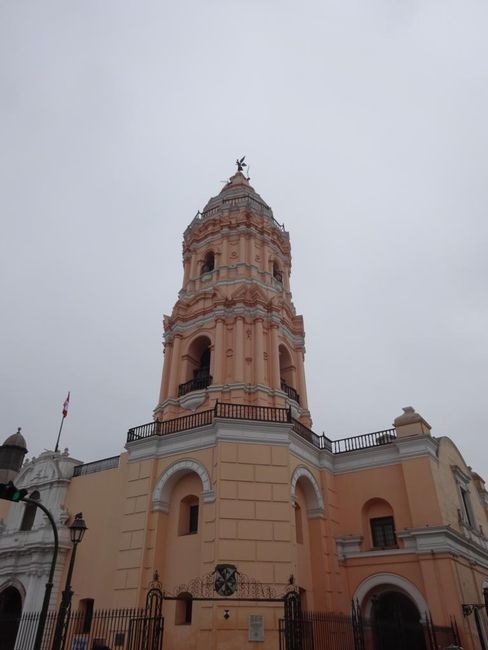
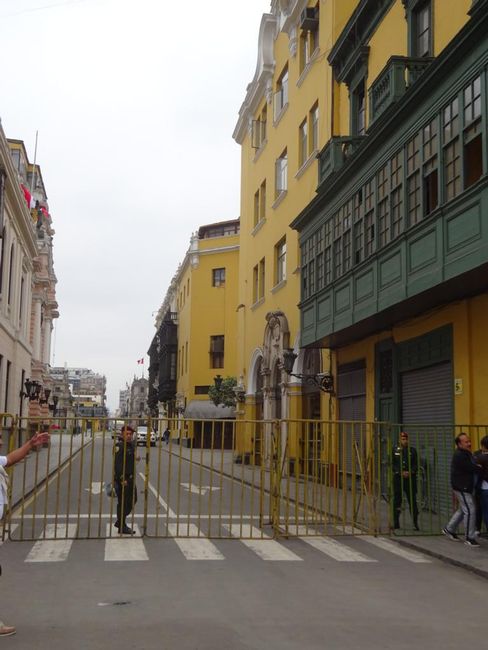
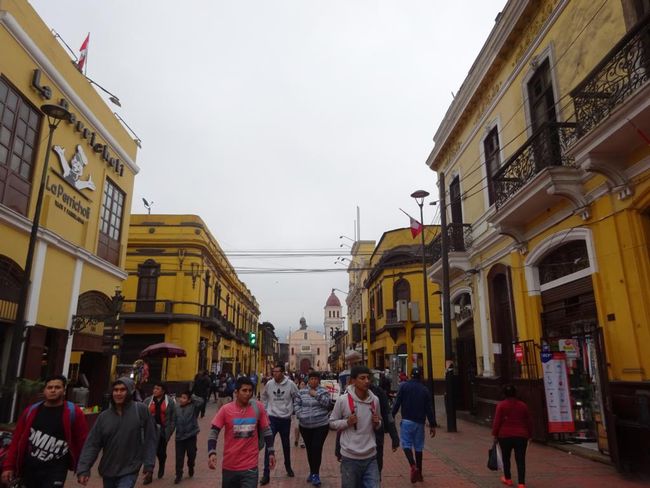
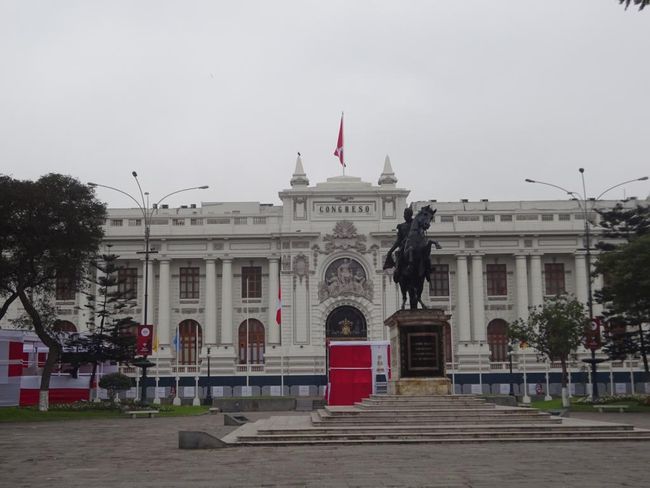
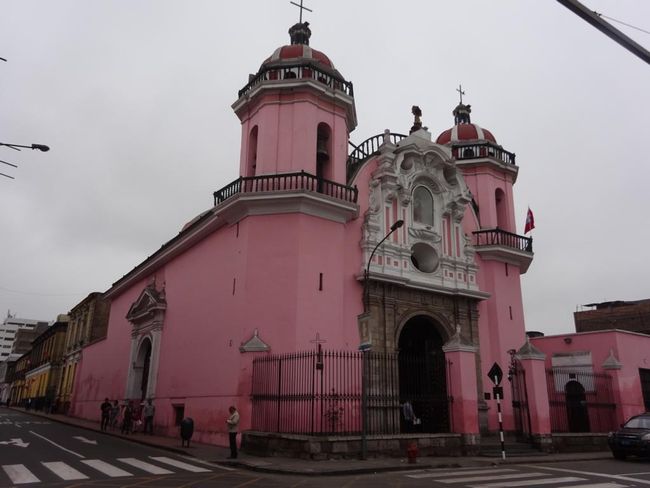
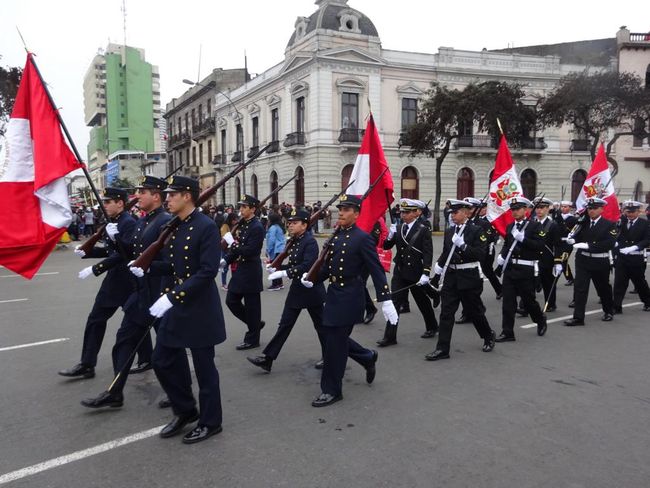
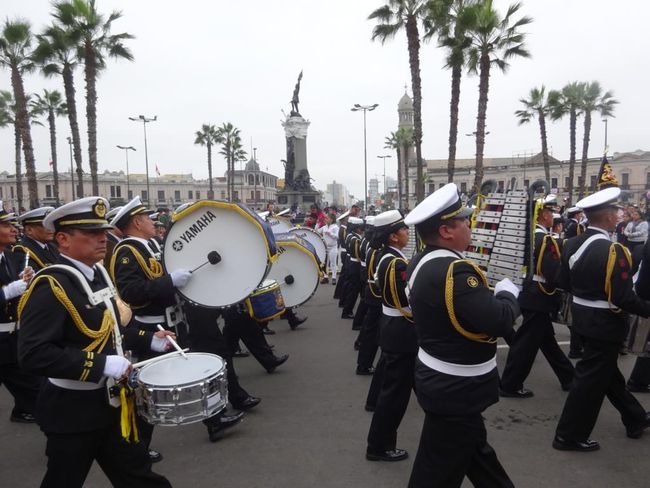
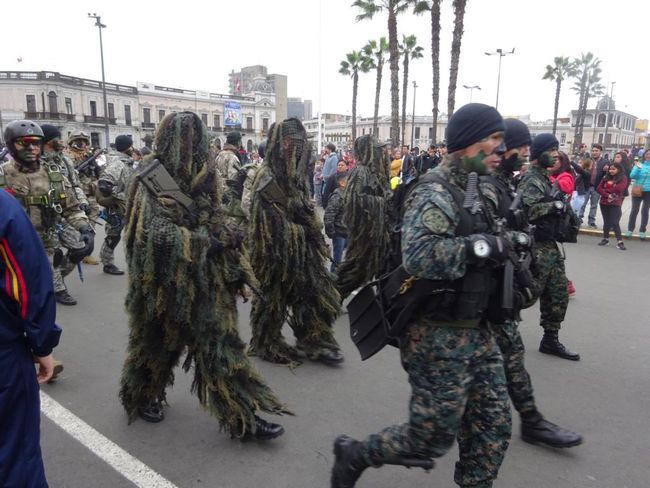
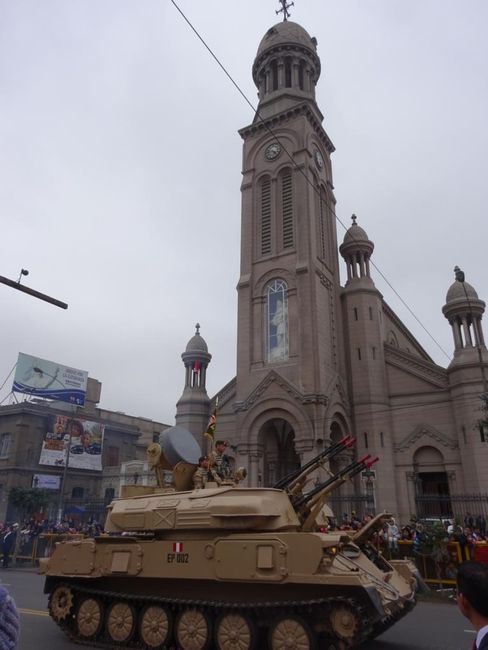
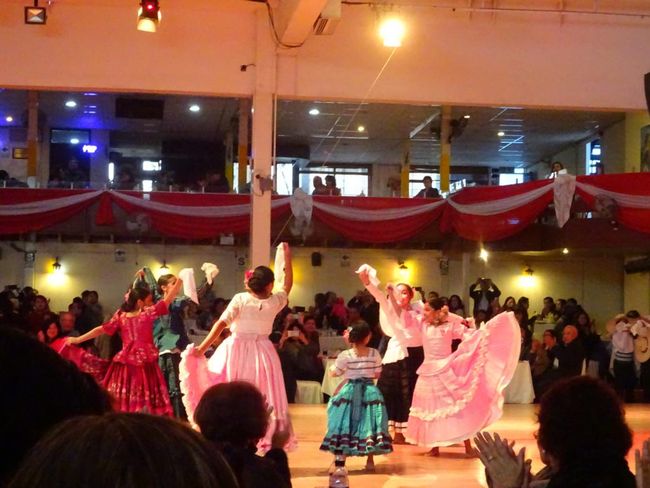
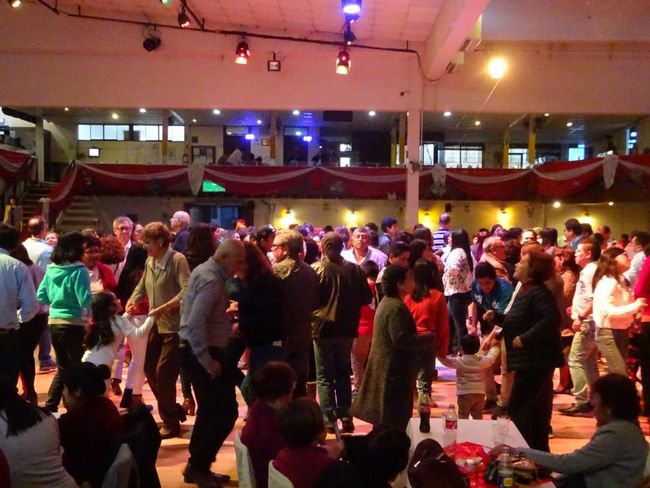
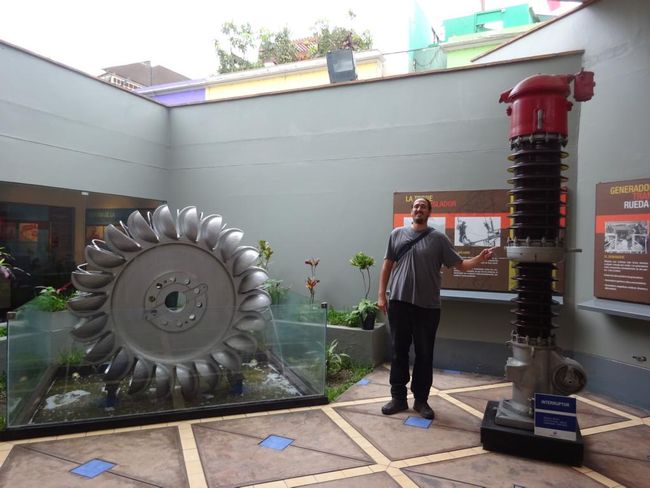
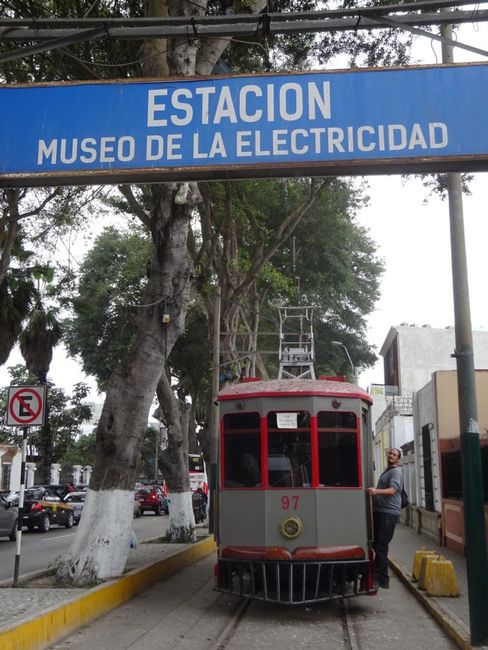
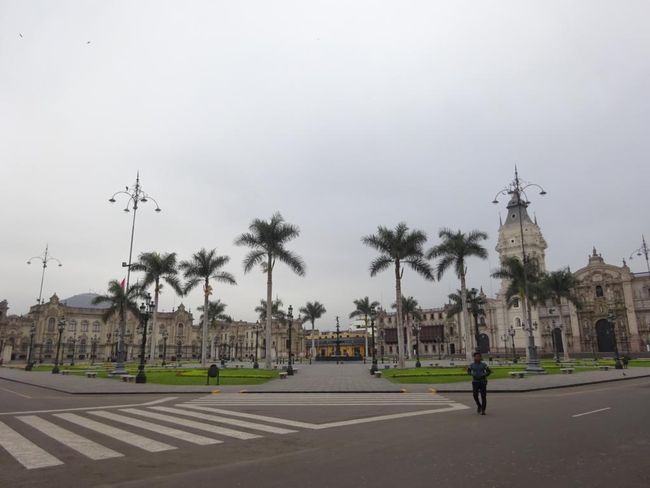
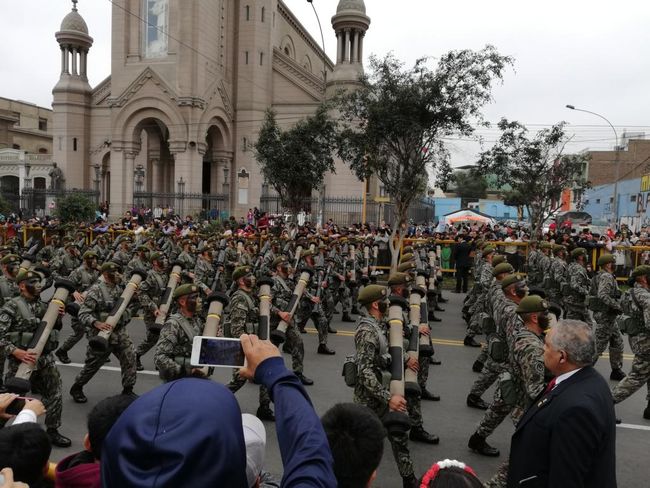
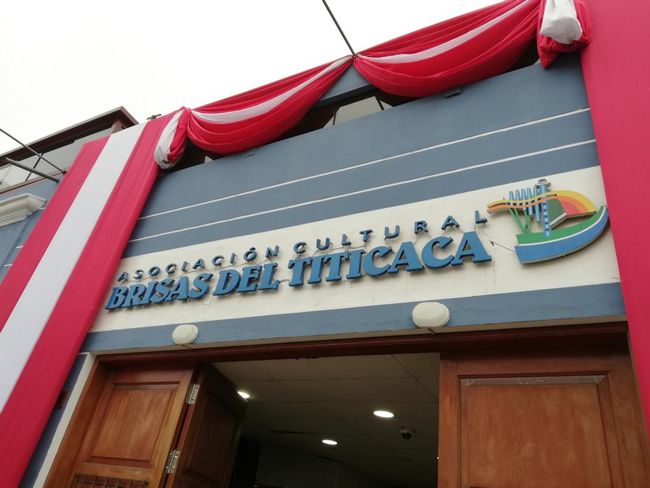
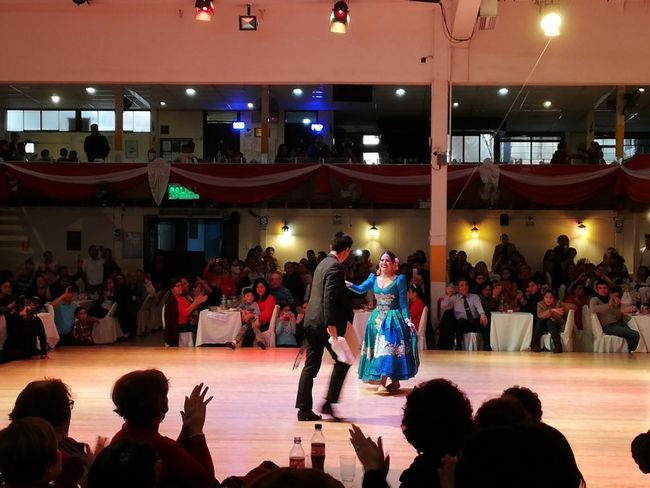
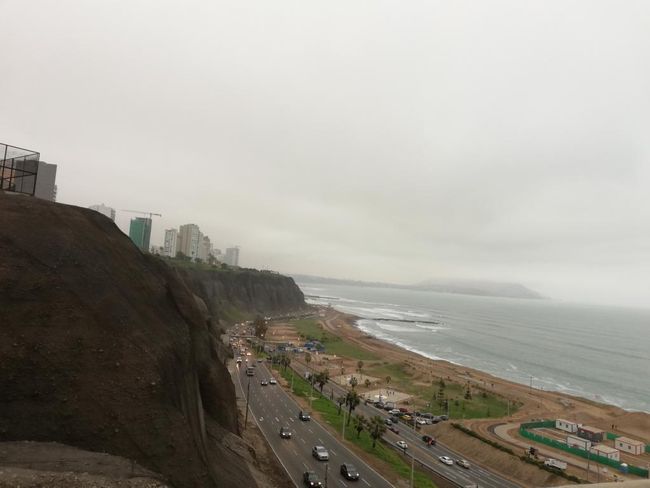
Abbonate à Newsletter
We flew from Iquitos to Lima in the morning. On our first afternoon in Lima, we didn't do much, we got a local SIM card and got to know the supermarket "Wong", a true paradise, where we could buy real bread, decent cheese, even Lindt chocolate and other goods that remind us of home (Barilla spaghetti... mmmmm). Of course, this is a rather expensive store, where the Peruvian upper class shops, but for a change, we also indulged in the pleasures and stocked up on all sorts of delicacies.
Since our hostel was located in the Miraflores district, which is considered very safe but quite far from the center of Lima, we took the Metropolitano city bus to the city center the next day. The friendly Venezuelan employee of the hotel lent us his rechargeable card, so we didn't have to buy our own. Not only in Peru, but also in many other South American countries, there are many refugees from Venezuela. And unfortunately, they are not particularly popular here, as there are apparently various problems with crime and violence. We had also seen reports in the news where Venezuelans were accused of violent robberies. Of course, like everywhere else, not all of them are criminals, but they have a hard time here, at least as far as we can judge from our perspective. In the best case, they find a job, like this man, in a hotel, where they are probably exploited. This gentleman lives in the hotel with his family. His wife cleans and cooks, while the man has to be available at the reception for the guests 24 hours a day and take care of the administration. They will probably not earn much, besides food and accommodation. Meanwhile, the hotel owner sits in front of the television all day and at most gives a few commands. In the worst case, they work as shoeshiners in the city parks and have to endure that the Peruvians who use their services make fun of them and mock them for doing this work for a fraction of what a Peruvian would charge. When we experienced this, we noticed how particularly perverse it can be to flee to a country as a refugee where everyone already doesn't want you, and then you also understand it when they gossip about you while you shine their shoes. And you have no choice but to smile, because after all, they are your customers. That must be truly humiliating. In our case, the poor Venezuelan even had his little son with him, who played in the park next door while his father did his work and could hear everything.
Of course, we had prepared a long list of places we wanted to see for our afternoon in the city center. Well, we were mistaken. What we didn't know was that the Peruvian National Day was being celebrated this weekend, so half the city was closed. Haha. And even on another occasion, when we returned to Lima, the Plaza de Armas was closed again, this time due to demonstrations. We could only take a photo from a distance. And since the "Museo de la Gastronomia Peruana", which we would have liked to visit very much, was located right next to the Plaza de Armas, we also unfortunately could not visit it despite several attempts.
Nevertheless, we walked around the city as much as possible, walked along Jiron de la Union, passed by Plaza San Martin, which is surrounded by many beautiful colonial buildings, passed various churches, and finally crossed the river and strolled through the Rimac district. But even the "Museo Taurino", which would have interested us, about bullfighting in Peru, was closed.
At least one highlight of the city was open today: the "Circuito Magico del Agua". This consists of 12 beautifully illuminated water fountains in Parque de la Reserva. During the day, access to the park is free, but in the evening, when the fountains are lit up, a small entrance fee has to be paid. The absolute highlight is the laser show of the 120m long Fuente de la Fantasia. Among other things, Peru's tourist attractions are projected onto walls of water, while the whole performance is accompanied by a medley of all sorts of melodies. It was really beautiful there, we spent several hours in the park and there were also various food and drink stalls for our physical well-being.
For the next day, we had tickets for the show "Las Brisas del Titicaca", which is a folkloric performance. The show takes place in a huge hall. During a pre-booked lunch, traditional music and dances from various regions of Peru are performed.
We arrived in the city a little early, and promptly came across the military parade that took place on the National Day. In addition to various military troops and special units, tank and air forces, as well as civil defense, fire brigade and ambulances took part in the parade. It is impressive how countries or governments feel the need to demonstrate their military power on such occasions. In Switzerland, it is less known, as we are already happy if there is a reasonably good speaker representing the Federal Council who gives the speech on the Rütli. So that we also fit well into the general picture, we also bought pins with the Peruvian flag from a street vendor, like almost all Peruvians in the streets.
When we were admitted to the hall for the show and led to our table, we met Manolo, his wife Carmen, their daughter and her best friend. We immediately got into a conversation with Manolo, who works as a dispatcher in the gold mining industry and was very interested in our trip. He also told us a lot about Peru and knew exactly where each piece of music performed came from in Peru. We spent a fun afternoon with the family, had interesting conversations, enjoyed the performances, and were warmly included in the National Day festivities. Of course, there was also a flag, which was waved during each applause, and the whole hall was decorated in the Peruvian colors (funnily enough, the same colors as Switzerland: red/white).
What was exciting about this performance was that there was a break after every 3rd dance, during which only the band played and the audience was invited to dance themselves. As soon as the moderator announced this, the dance floor was immediately filled with young and old, with only a few remaining seated at the tables. And this was at one in the afternoon. It would be completely different with us. First of all, people would probably complain that they pay so much for admission, and then there is a break after every 3rd piece. On top of that, the dance floor would be empty for the first 10 times, until everyone had drunk enough wine to finally dare to come forward for the 11th time and sway shyly on the dance floor. Honestly, this is also the case with us, until Manolo eventually asked us why we weren't dancing. We told him about this difference in mentality, and he was very surprised. In Latin America, dancing is an important part of the culture, no one hesitates to dance, children learn it from a young age, and it is simply part of every celebration. Unfortunately, we are much more reserved in this respect.
So there are also numerous Latin American dance styles that are known all over the world (Salsa, Samba, Rumba, Chachacha, Bachata, etc.). We asked Manolo if he knew any European dance style? He didn't know any. Of course, there is the Viennese waltz and the foxtrot... but honestly, who knows that?
Anyway, it was a great afternoon, we really enjoyed the performance and the company of Manolo's family. Carmen, who works in the tourism sector, also gave us her mobile number so we could contact her if we had any questions or problems in Peru. At that time, we didn't know that this would be one of the very few very positive encounters with the locals. More on that later.
In the evening, we went to the Huaca Huallamarca ruins, a mud brick pyramid of the Lima culture. We took part in an evening tour and it was quite nice because the site was illuminated. However, the tour was not very exciting, mainly because our guide spoke Spanish so fast that it was hard to understand, and her English was also not very good, so it was also hard to understand. It was also nice that this ruin, which was found by chance under a hill in the middle of the city, was not rebuilt but restored. We would later find out that Peruvians tend to rebuild their ruins as they think they once looked. It was also interesting that the pre-Inca cultures, to which the Lima culture belonged, did not build stairs, but only ramps. They also knew how to build their buildings earthquake-resistant. One measure, for example, was to leave space between the individual mud bricks and not fill them up, so that the walls can move in case of an earthquake. They also frequently used trapezoid shapes to ensure more stability. The Lima culture exclusively used mud bricks and not stones for their constructions.
After the tour, we enjoyed dinner on the terrace of the neighboring restaurant, where we had an exceptional view of the illuminated ruins. The food was good, but the portions were very small and at a fairly expensive price. It was funny that another Swiss couple was sitting at the next table, who were on a long-term journey. We got into a conversation and stayed in the bar for another drink after dinner.
We also took the Metropolitano bus to the Barranco district, where we strolled around a bit and visited the small Electricity Museum. This is not necessarily worth a visit, but especially the history of the electric trams, which once existed in Lima for a relatively short time, was very interesting. Otherwise, they talked a bit about electricity in general, the electrification of Lima, and you can also look at some disconnectors, transformers, and electrical appliances.
We also visited the "Museo Lugar de la Memoria", which was built to preserve the memory of the turbulent years from 1980 to 2000. At that time, Peru experienced years of violence in which the revolutionary groups "Sendero Luminoso
Abbonate à Newsletter
Rispondi

Rapporti di viaghju Peru

